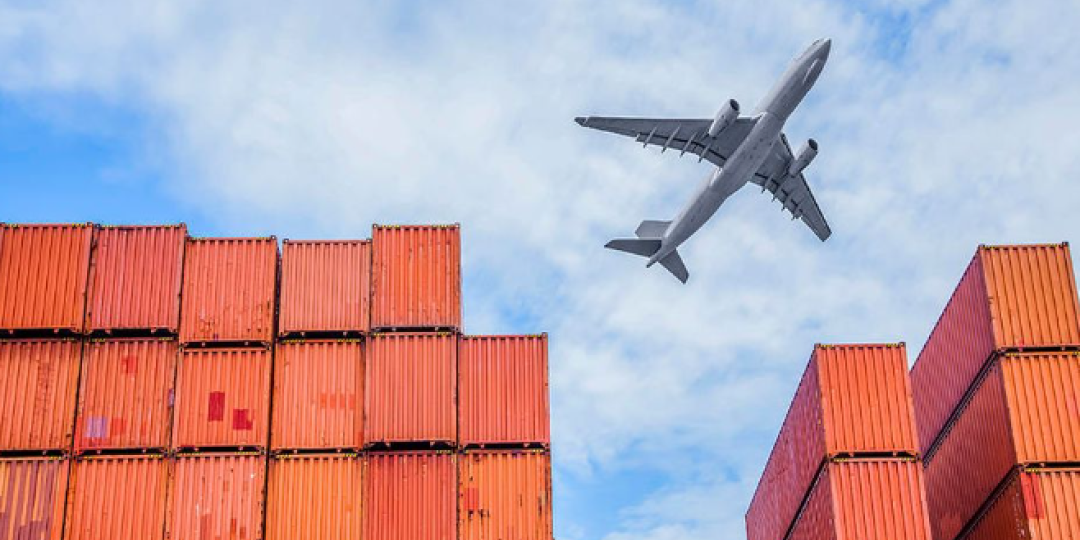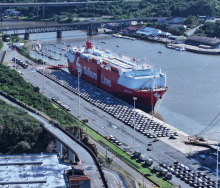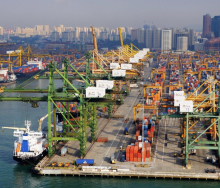The global airfreight market is continuing on its upward curve, with projections pointing to a sustained compound annual growth rate of 7.59% over the next few years and an estimated market value of $592 billion by 2030, appearing to be well within its reach.
The latest set of bull market predictions follow in the wake of recurring ocean freight disruption in the Black Sea (Russia’s war on Ukraine), the Panama Canal (drought affecting vessel traffic through the Gatun Locks), and the Red Sea where Houthi rebels continue to attack maritime ships south of the Suez Canal.
According to information by Research and Markets, Freight Waves and Allied Market Research, current air cargo market growth is driven by various services, including express shipping and regular freight.
The market intelligence sources found that although air freight shipments were fairly low throughout 2020 due to the global spread of Covid-19 and the ensuing pandemic, shippers have confidence in the international freight forwarding community to ensure supply chain stability.
Rising e-commerce shipments across the globe via air freight are not only anticipated to bolster the market but airfreight capacity is expected to outpace demand in 2024, especially in Asia.
Confirmation about the steady trajectory of airfreight has also been received through Business Unity South Africa (Busa) and the South African Association of Freight Forwarders (Saaff).
Its latest Cargo movement update reports that current seasonal trends continue to manifest itself in higher volumes.
“The international air freight market to and from South Africa continues to pick up slowly – notably with inbound cargo – up by 12% week-on-week (w/w).
“Outbound has seemingly followed a natural (low) market stabilisation and has decreased by 4% (w/w).”
But the local picture is not as rosy as it seems, as air cargo volume in January has reduced significantly compared to previous months.
As for international airfreight, the report echoes what has been found abroad, that global tonnages are well up on last year’s levels.
“Annually, global demand in weeks two and three rose by 6%, notably driven by a 21% increase in tonnages ex-Middle East and South Asia”.
Busa and Saaf said this is likely “due to conversions from ocean to air and sea-air cargo amid Red Sea disruptions, as cargo to and from Africa saw a particularly robust 14% increase.”













